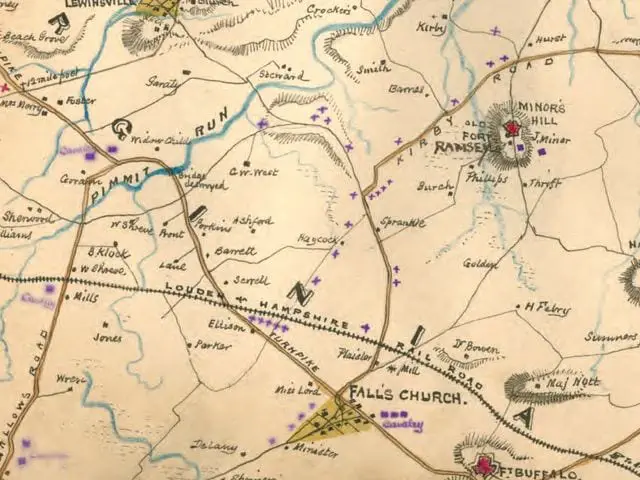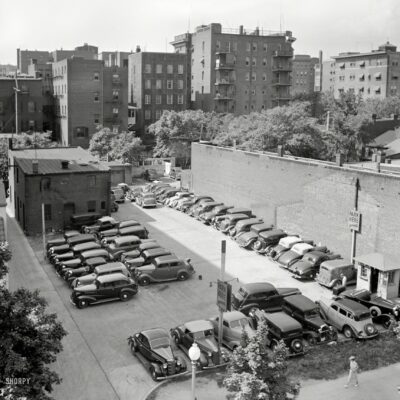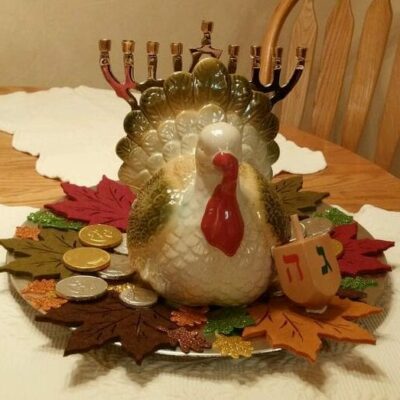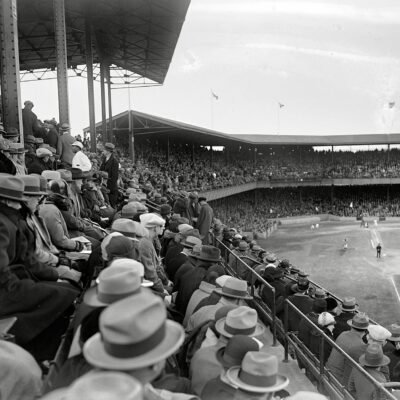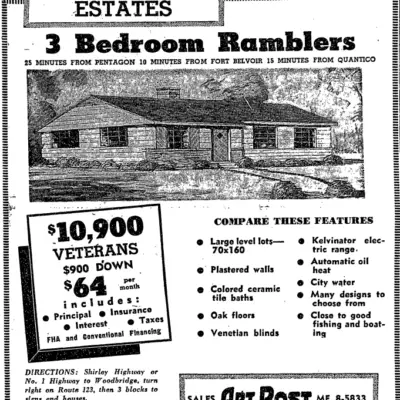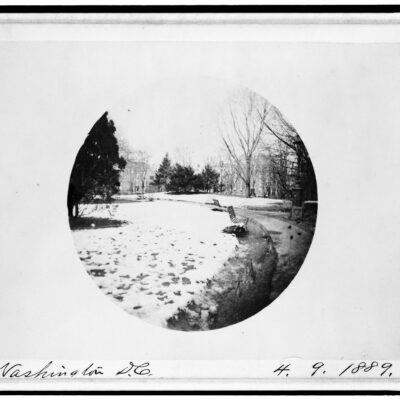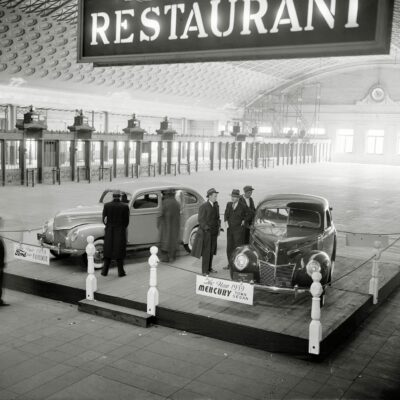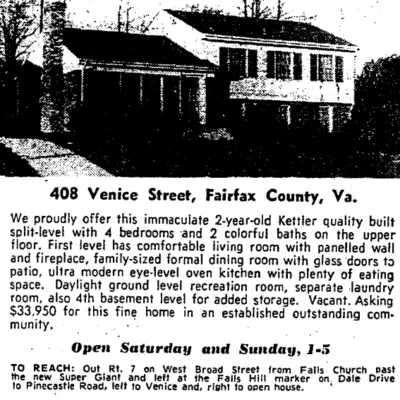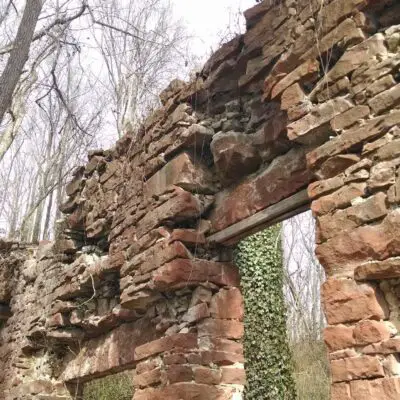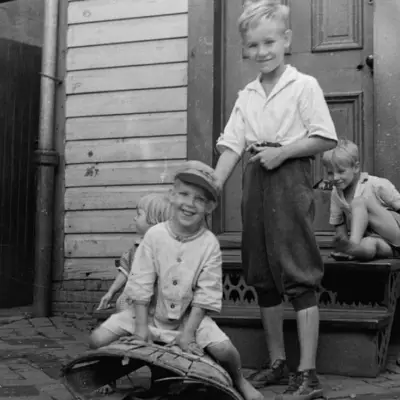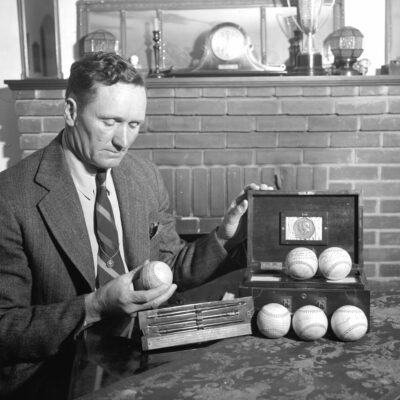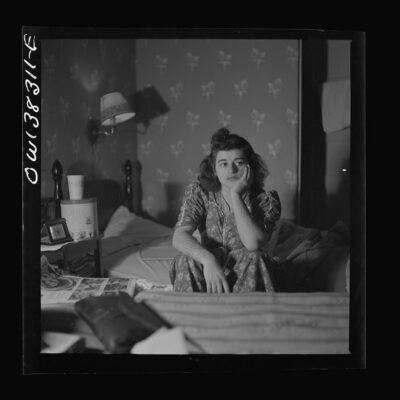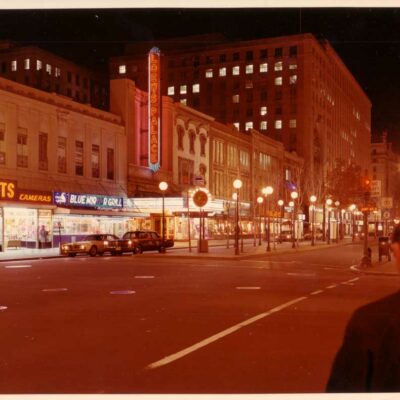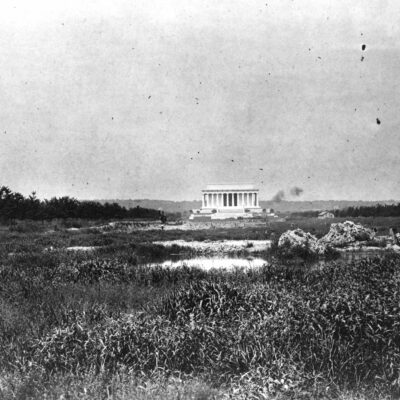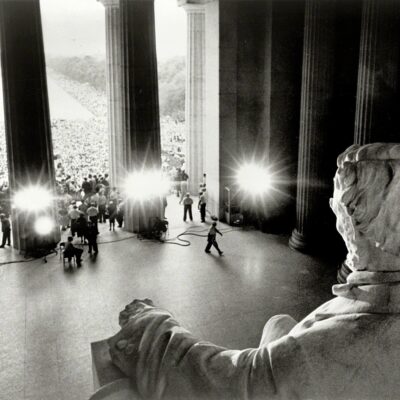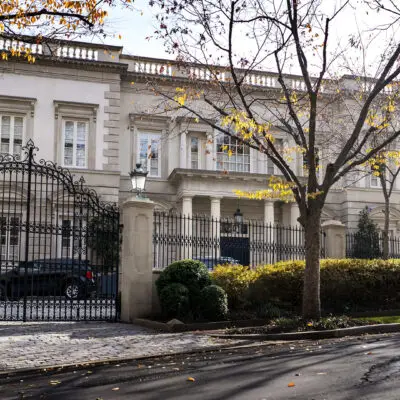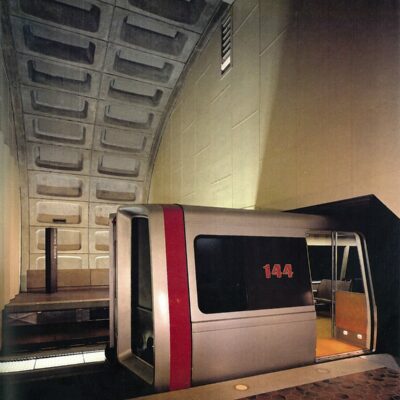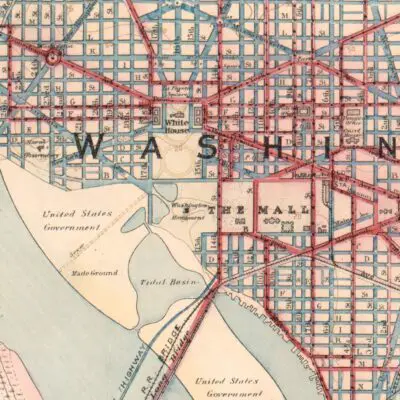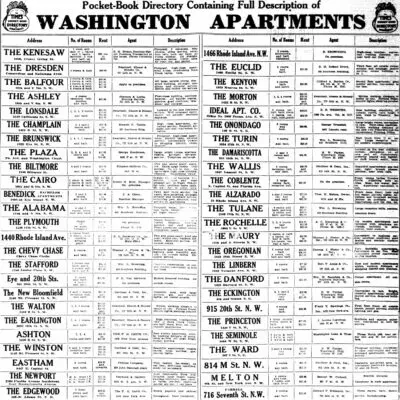Below is the great opening paragraph of an article from the Washington Times.
“Hello, central. Gimme Leesburg.”
“Leesburg? O. K. There you are.”
The central office which really places you in communications with Leesburg is situated in the picturesque town of Falls Church. Some idea of the importance of this little Virginia suburb of Washington may be gained when it is known that it is the great nerve center of the telephones taht connect with the floowing towns of its own State: Clarendon, Calvin, Fairfax, Dunn Loring, Dranesville, Glencarlyn, Herndon, Kenmore, Leesburg, Merrifield, Lewinsville, Oakton, Rosslyn, Vienna, Wiehle, Chain Bridge, Alexandria Court House, Ash Grove, Bailey’s Cross Roads, and Ballston.
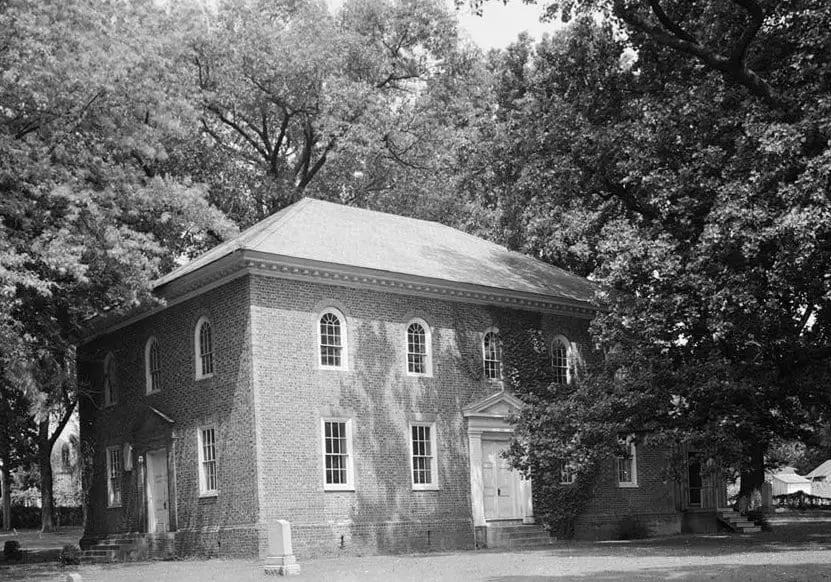
The article was published on June 28th, 1903 about the town — not so much a town today — on the outskirts of the old District line reaching into Virginia. Falls Church claims history dating back to a settlement in 1699 and by the dawn of the 20th century, it was a distant suburb on Washington, reachable via the Washington and Old Dominion Railroad.
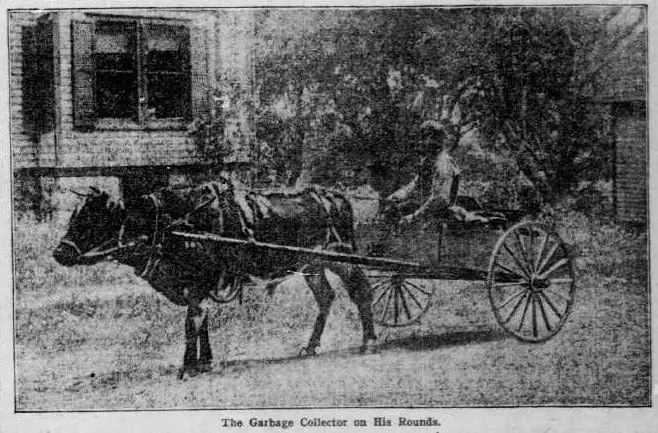
By 1900, it was the largest town in Fairfax County, with a booming population of over a thousand residents. A 1904 map of the town listed 125 homes on lots ranging from two to 132 acres.
The article continues with the history of the town’s name.
The whole history of Falls Church, Shakespeare to the contrary, is contained in its name. It is built around an Episcopal church, which was erected in 1757, and, because it was the nearest building of the kind to the great falls of the Potomac River, was christened “The Falls Church.” In the stress of time and after hundreds of tongues had been busy with it, the name was conveniently shortened to Falls Church.”
Hmm … Facebook used to be “The Facebook.”
This was one of the first three churches built in Virginia by the English Crown. One of them was at Alexandria and the other in Norfolk, the third being located at Falls Church. Before the Alexandria church was built General Washington used to worship in “The Falls Church,” riding his favorite horse over the roads from Mount Vernon. He was a vestryman of the church, and today the people of this village point with pride to the very cedar where he was accustomed to hitch his bridle rein when he dismounted. The bricks used in the construction of this old building were brought from England at great expense. Thus, our fathers raised their houses of worship with good English soil and, doubtless, prayed under this shelter for the speedy humbling of the mother country. The town was gradually built about the old church and took its name from it.
The article continues by describing the placement of the old town.
Falls Church is set in a cup-shaped depression in the third range of hills, which places it about 350 feet above the Potomac River. The streets rise with acme sharpness from the center of the town. At the eastern part of the village Rufus H. Darby and his brother, and Alvin M. Lothrop’s home is an ideal one for the summer. It occupies the flat top of a hill, the ground sloping rapidly from the edge of his lawn. A superb panorama of Washington is spread out before you as you sit on his porch. The Capitol, the Monument, and a number of other public buildings can be readily distinguished.
Darby was a prominent local printer and ran his business out of 903 E St. NW, a building that’s still there, across from the FBI building. Rufus died at his home in 1905 and his family moved to Columbia Heights — this is where it gets weird — and lived in my house! No joke!
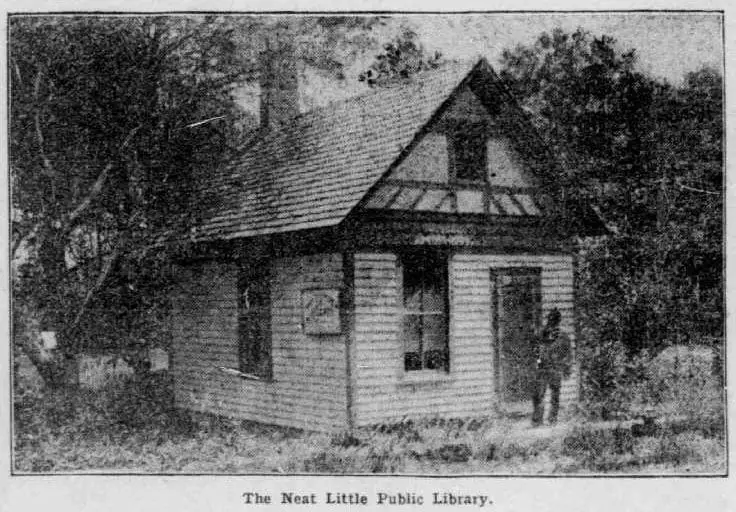
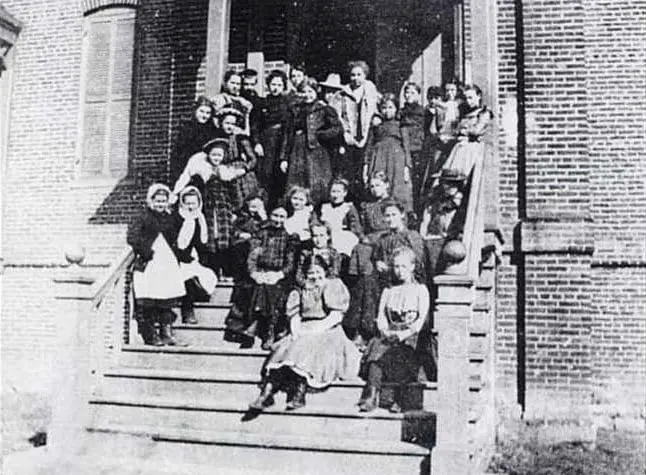
Okay, back to Falls Church.
The public school, called the Jefferson, has a large number of pupils, and its scholars who have passed through the eighth grade are admitted to the high schools of Washington without examination. E. C. Sine is the principal. He is assisted by Miss Maud S. Riley, Miss Devine, and Miss Lottie Dyer, who teaches the primary pupils. The trustees of the institution are Dr. J. B. Gould, J. S. Riley, and J. W. Brown.
On Broad Street, not far from the center of the town, is the Training School for Feeble-Minded Girls. This institution is doing excellent work under the guidance of Miss Mattie Grundy, the principal. It is housed in a large brick building and is surrounded by wide and well-kept grounds.
“Feeble-Minded Girls” … Seriously?
The whole article reads like a giant advertisement for the town, which it probably really was. The closing of the article talks about how the time has come to invest in Falls Church.
There is an excellent opportunity to place ready money at Falls Church either in loans on property or in buying real estate outright. The value of ground here has steadily improved in the last fifteen years. There has been no “boom” with its resulting fall in prices and stagnation of all business. It is a town of “magnificent distances,” every home standing apart in its own three or four acres of ground. The spring and well water are pure.
It is easily accessible from Washington, being one hour’s drive or thirty minutes by rail from the city. The town has a population of 1,007, according to the last census, but the villager will tell you that the number of dwellers in the town limits doubles during the summer months. Many people stop at the hotel or rent furnished houses for the warmer months of the year.
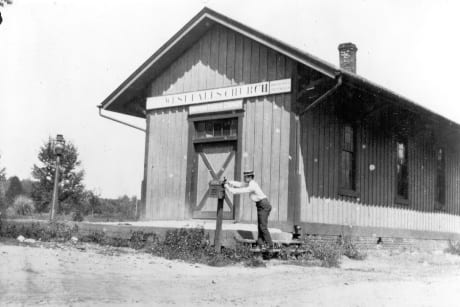
Sadly, despite all our modern technology, it can still be a one hour’s drive from the city (damn you 66) … and can you imagine summering in Falls Church for more pleasant weather? Amusing.
There are about one hundred clerks employed in the various branches of the General Government who make their homes permanently in Falls Church. These gentlemen hold high positions under Uncle Sam, and almost every one owns the house he lives in. There has been no open or licensed sale of liquor in the town for many years. Indeed the place is regarded as a temperance stronghold.
The people are for the most part New Englanders, and they have brought with them the native shrewdness, the old-fashioned honesty and thrift which characterized the Yankee. Fifteen years ago not a dollar was to be had on loan. Today the agents of Falls Church have thousands of dollars which they are endeavoring to place for their clients.
All in all Falls Church is one of the most prosperous and attractive suburbs in the immediate neighborhood of Washington.
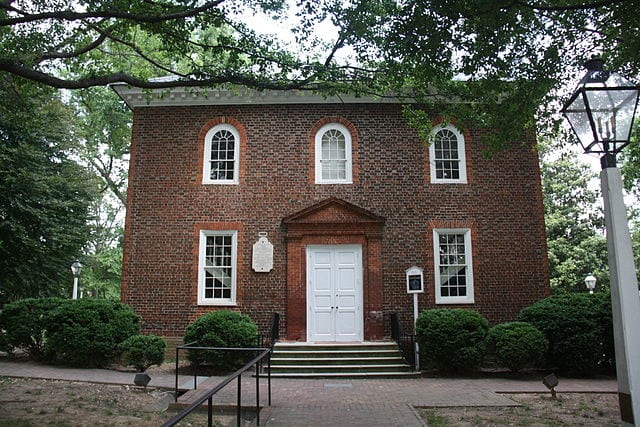
Here’s a map of Falls Church from about 40 years before the article in 1862.
